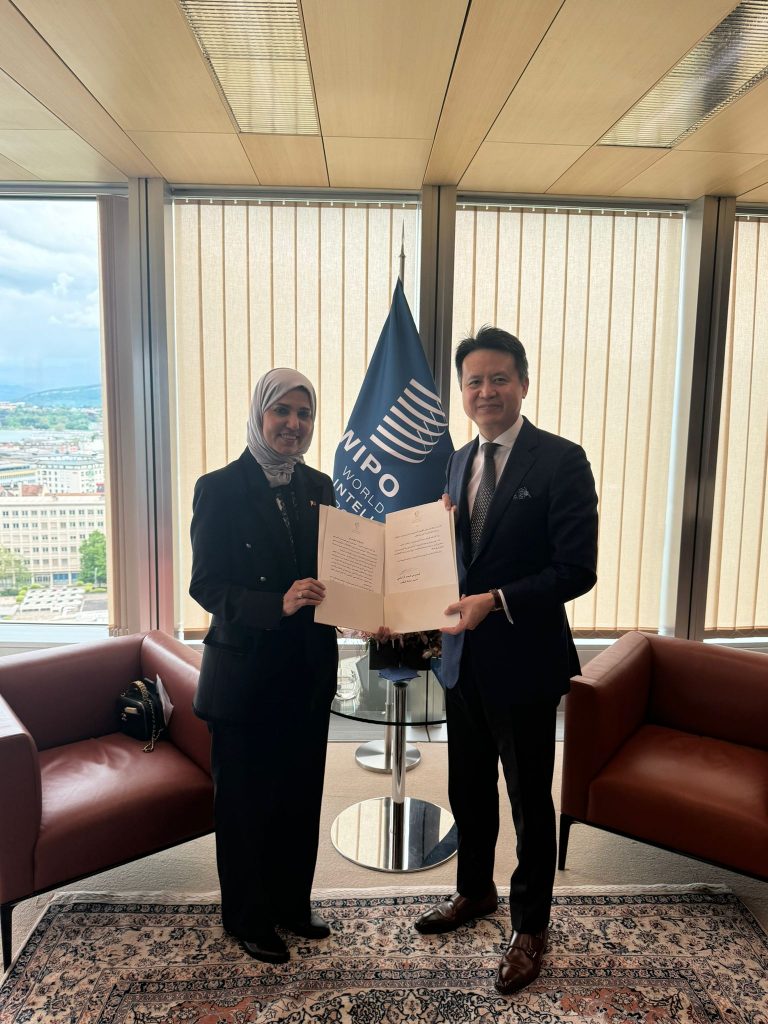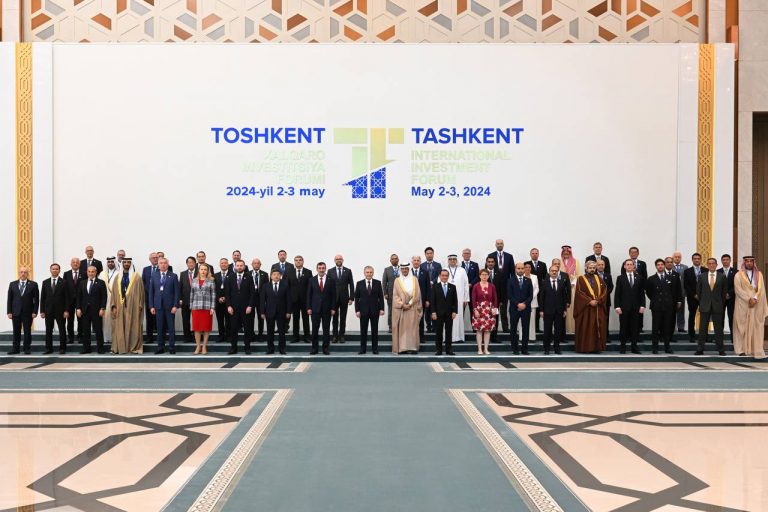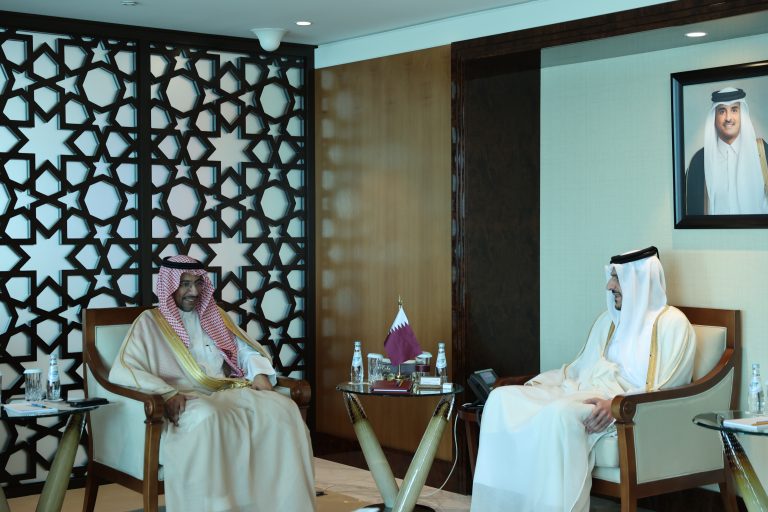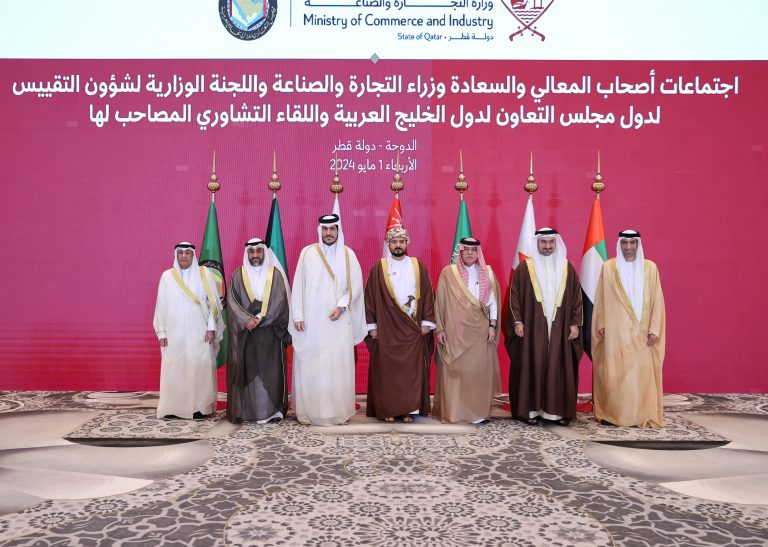The education sector’s nominal output increased at an annual average rate of 12.1% over the past five years (2011-2015)The total revenues of the private education sector increased from 2 billion riyals in 2011 to 5.8 billion riyals in 2015The education sector’s workforce increased from 26,900 in 2011 to 50,600 in 2015Promising outlook for investment in schools and universities
The Ministry of Economy and Commerce has announced the findings of its analytical report on the economic contribution of the education sector. The report highlighted the important contribution of the sector to economic development, particularly when it comes to the supply of skilled labor that enhances the competitiveness of the national economy.
The report comes as part of the Ministry’s efforts to bolster the efficiency and competitiveness of economic sectors through the analysis of the performance of productive and service industries. The Ministry is also seeking to identify promising sectors, taking into consideration local, regional and international factors to determine the necessary policies and measures to support economic activities and bolster growth.
The report highlighted that the remarkable economic boom which Qatar has witnessed in recent years, coupled with steady demographic growth, necessitated the expansion of the education sector’s capacity to meet growing demand for education services.
The report noted that the number of schools, which represent a pillar of the education sector, has witnessed significant growth between 2010 and 2014, with the establishment of 243 new schools. Kindergarten schools accounted for two-thirds of the newly established institutions, followed by primary schools at 18%. Preparatory and secondary schools accounted for 7% and 9%, respectively, of newly established schools.
The increase in the number of schools was driven by a 36% increase in the number of students, from 197,000 in 2010 to 268,000 in 2015.
Private schools welcomed 84% of new students throughout the different education stages and accounted for 80% of newly established schools between 2010 and 2015, which highlights the increasing role of the private sector in the education sector.
Graph
Pink: Public schools Blue: Private schools
From right to left: All schools; secondary schools, preparatory schools; primary schools; kindergarten
The report showed an 83.7% increase in the number of university students across Qatar from 15,300 in 2010 to 28,100 in 2014. Public universities hosted 88.9% of new students.
The report said the nominal output of the education sector rose by an annual average of 12.1% over the past five years (2011-2015). The average increase in the education sector’s output surpassed nominal GDP growth, thus raising the contribution of the education sector to nominal GDP growth from 1.1% in 2011 to 1.8% in 2015.
The real output of the education sector also rose significantly, at an annual average rate of 8.5%, twice the real GDP growth average rate. This has raised the contribution of the education sector from 1.1% in 2011 to 1.3% of real GDP in 2015.
The total revenues of the private education sector also increased from 2 billion riyals in 2011 to 5.8 billion riyals in 2015
From right to left: real; nominal
The report highlighted that the growing contribution of the education sector was evident in employment numbers. The sector employed 50,600 people in 2015, up from 26,900 in 2011, a twofold increase that surpasses the overall increase in employment across Qatar, which stood at 53.9% during the same period. In 2015, the education sector employed 2.6% of Qatar’s work force, compared to 2.1% in 2011. As of 2015, the education sector employed 12% of the Qatari workforce, making it the second largest employer of Qataris after the civil and military government agencies.
Chart
Public sector and defense: 51.3%; Financial, real estate and insurance services: 4.3%; Transport and communication: 5%; Commerce, hotels and restaurants: 3.4%; Construction: 1.7%; Electricity and water: 2.5%; Manufacturing: 1.9%; Mining: 9.7%; Education: 12%; Other service activities: 3.1%; Health: 5.2%
The Ministry also highlighted the promising outlook in the education and higher education sector, calling for an increase in investment in private educational institutions. The Ministry projected demand for school education to continue to grow over the next five years.
Ministry of Economy and Commerce issues analytical report showing the increasing contribution of the education sector to the national economy
March 18, 2017







